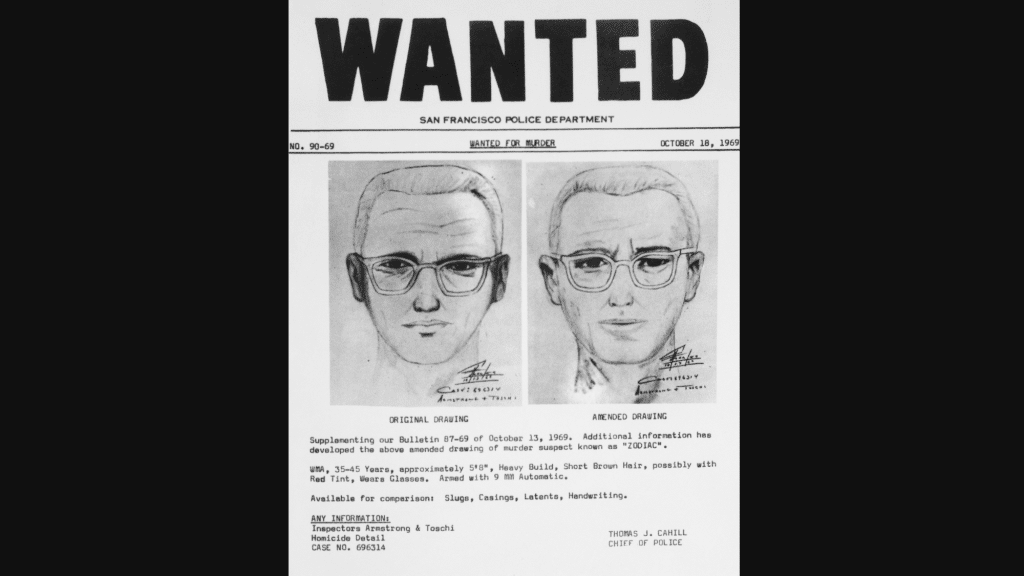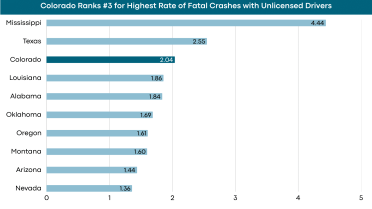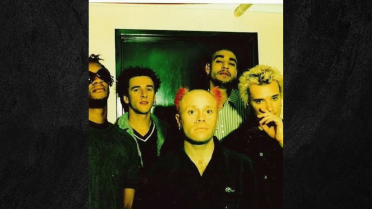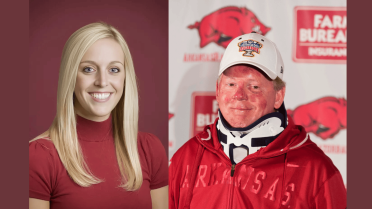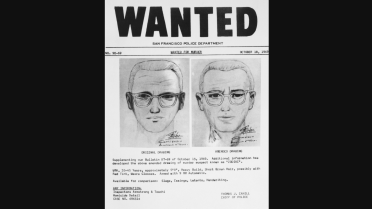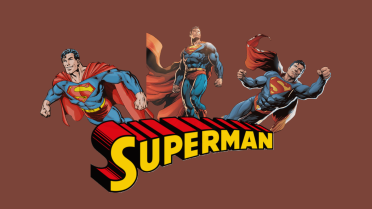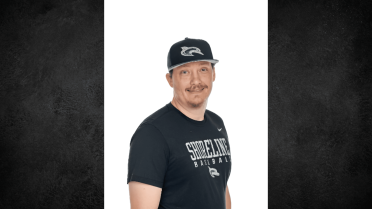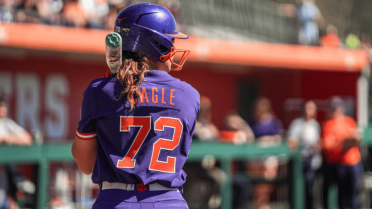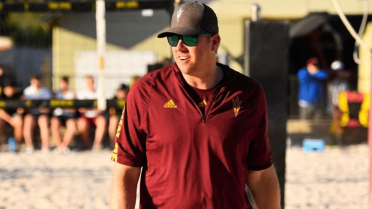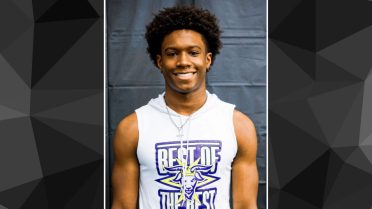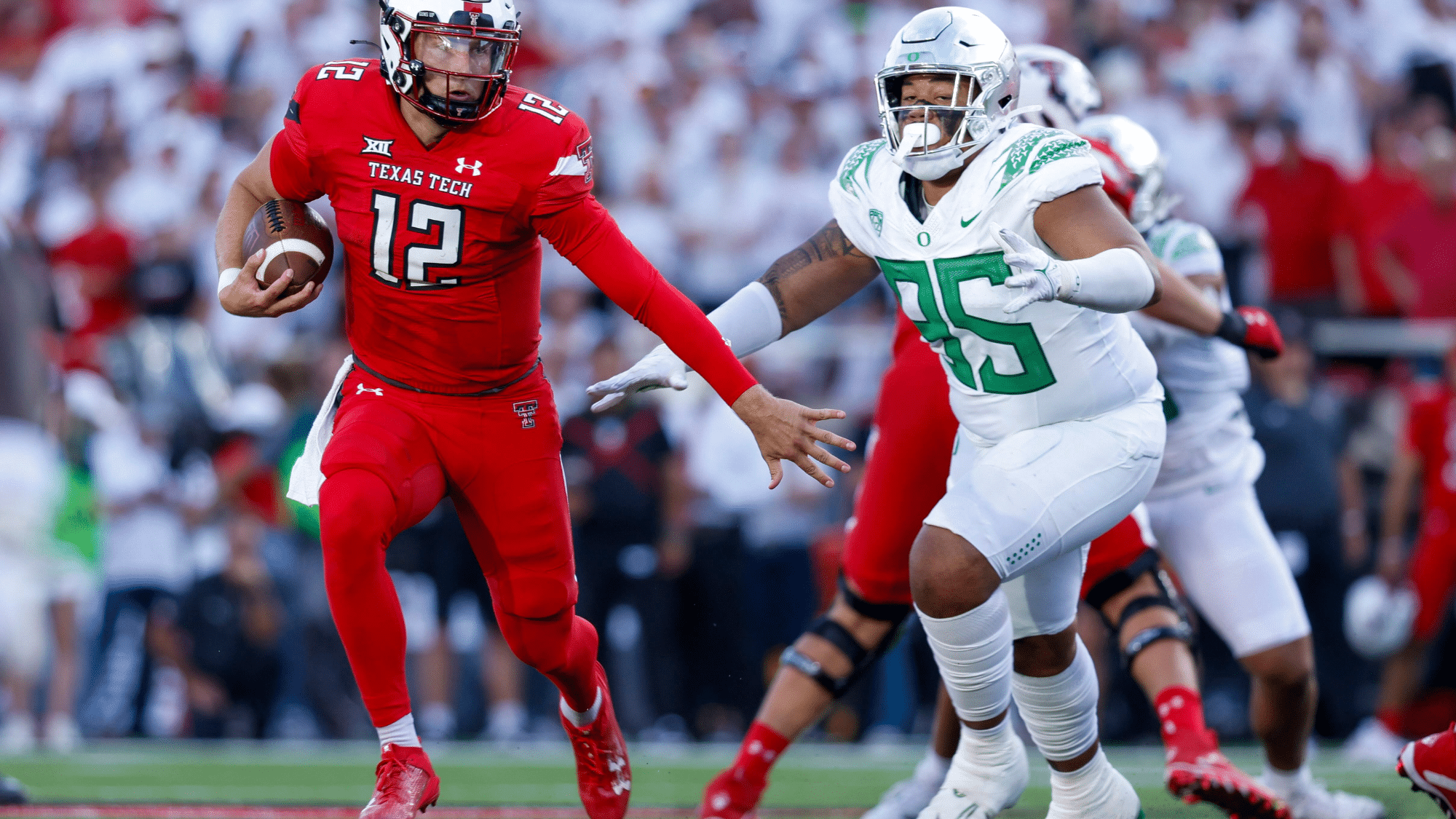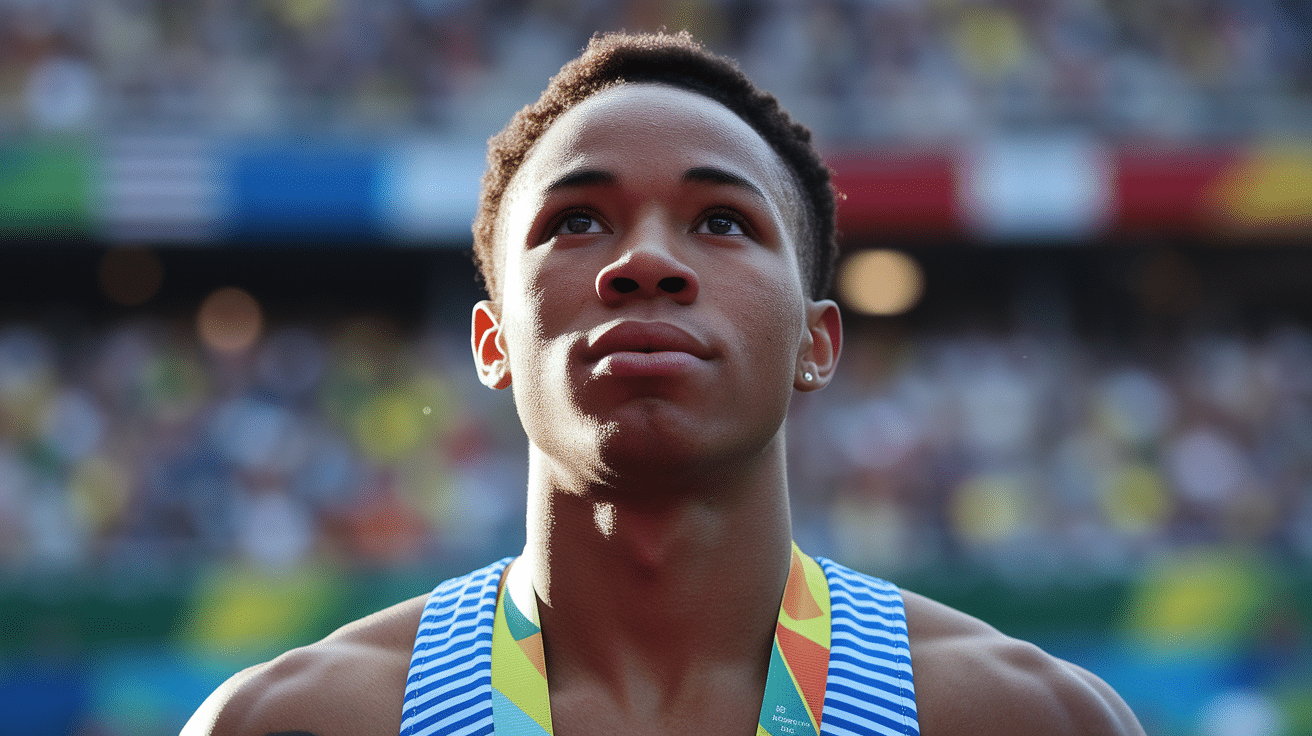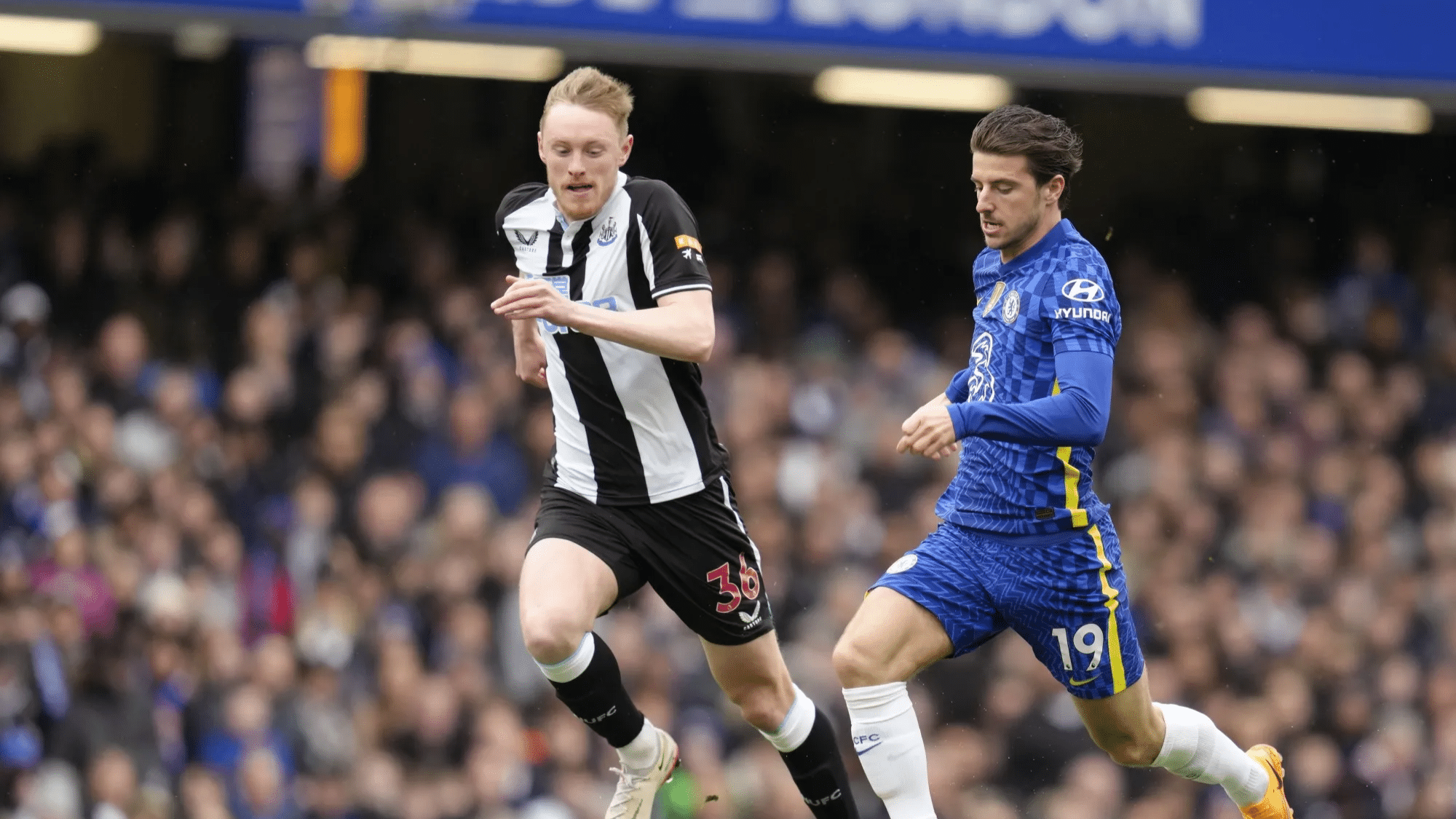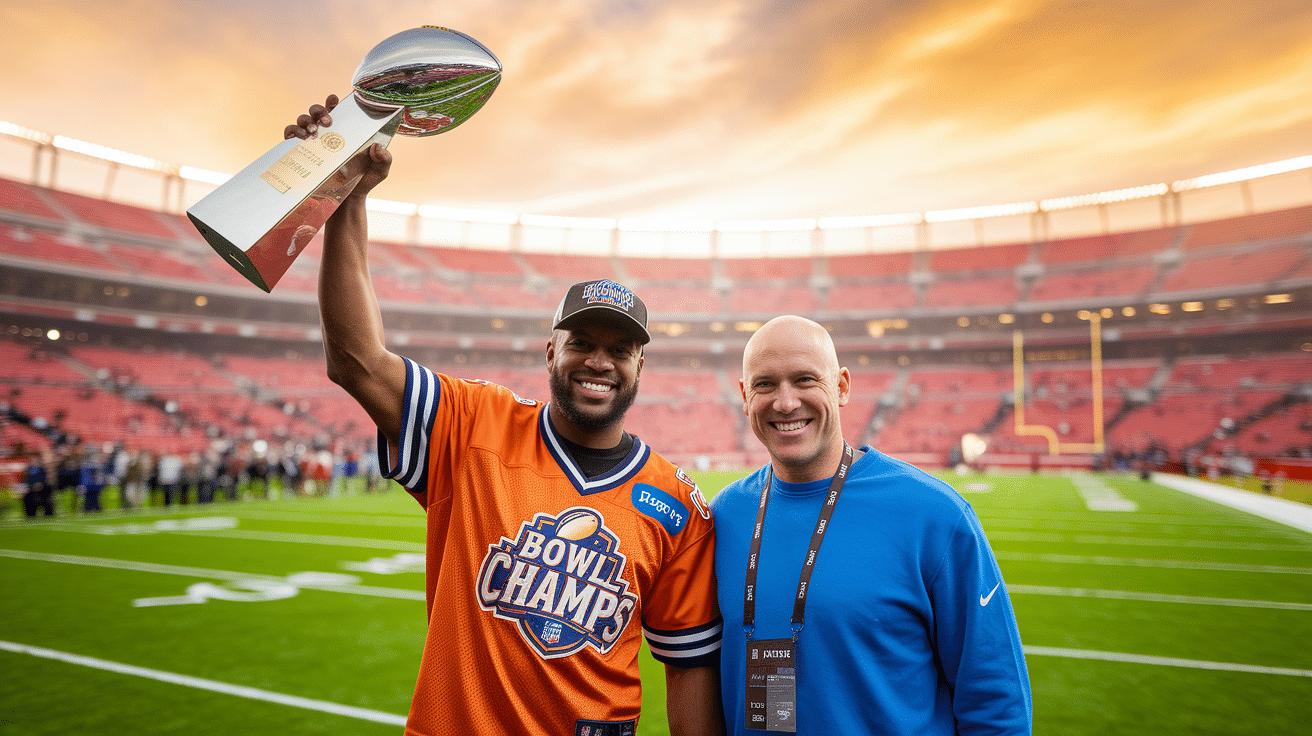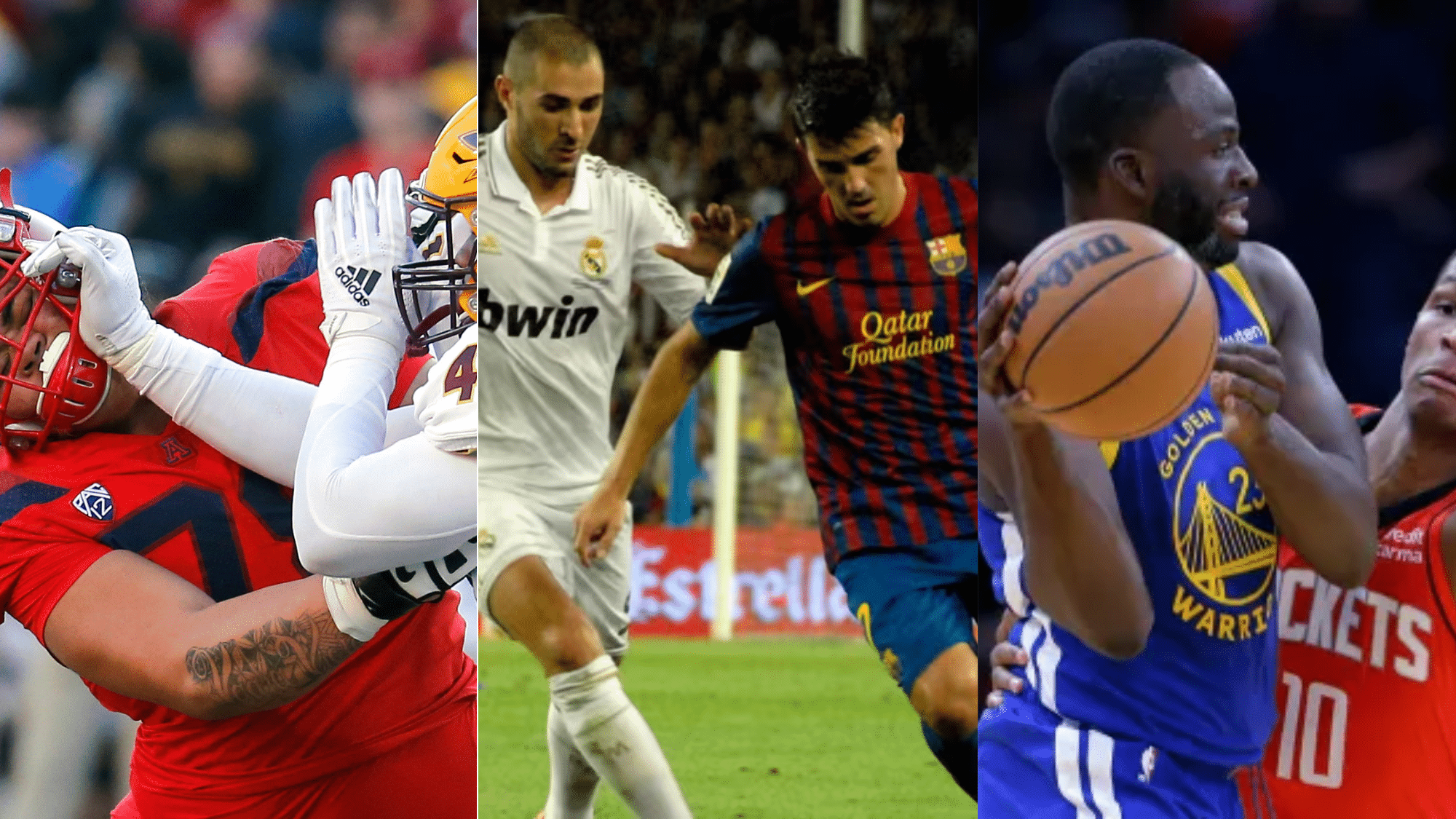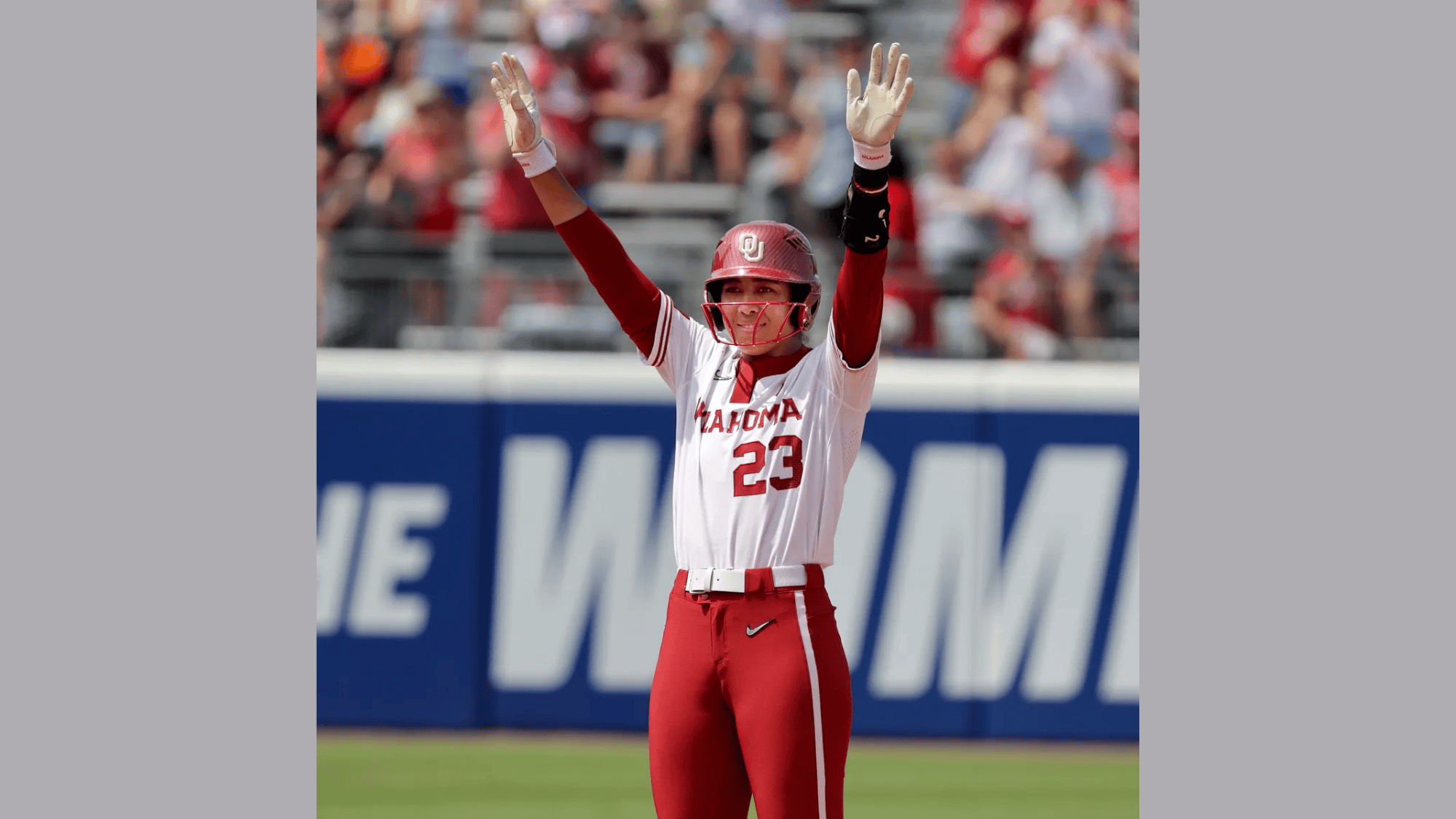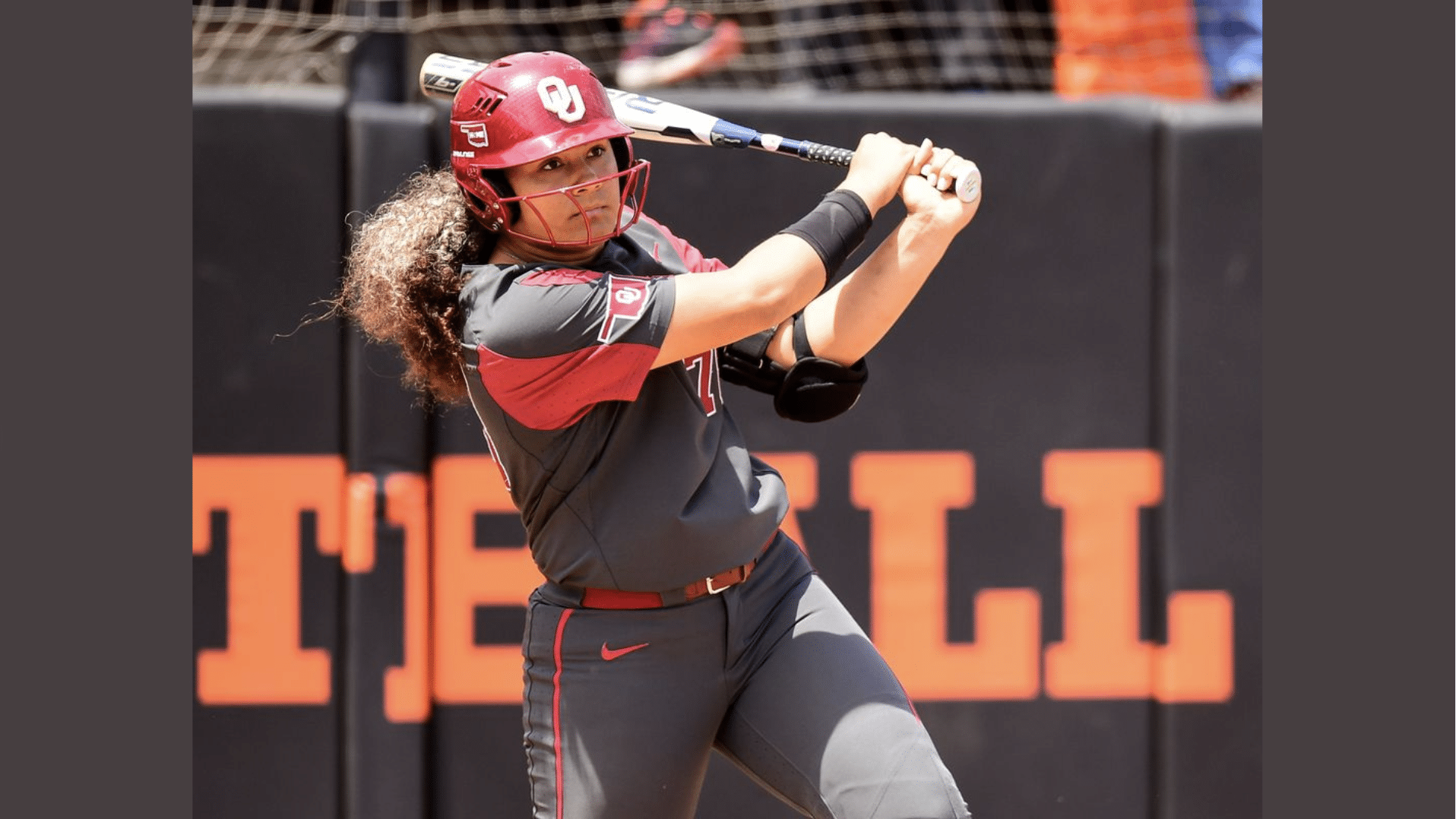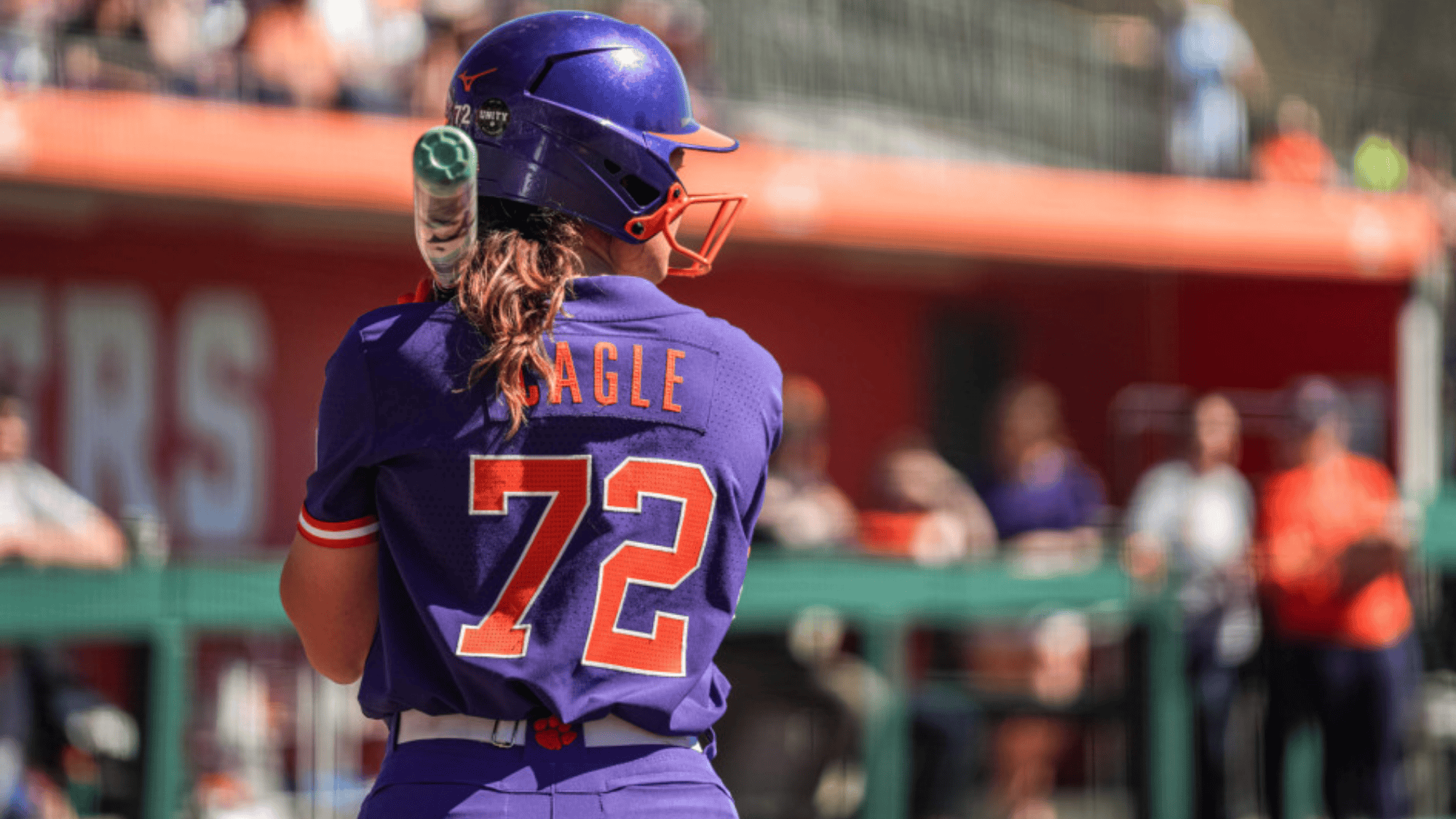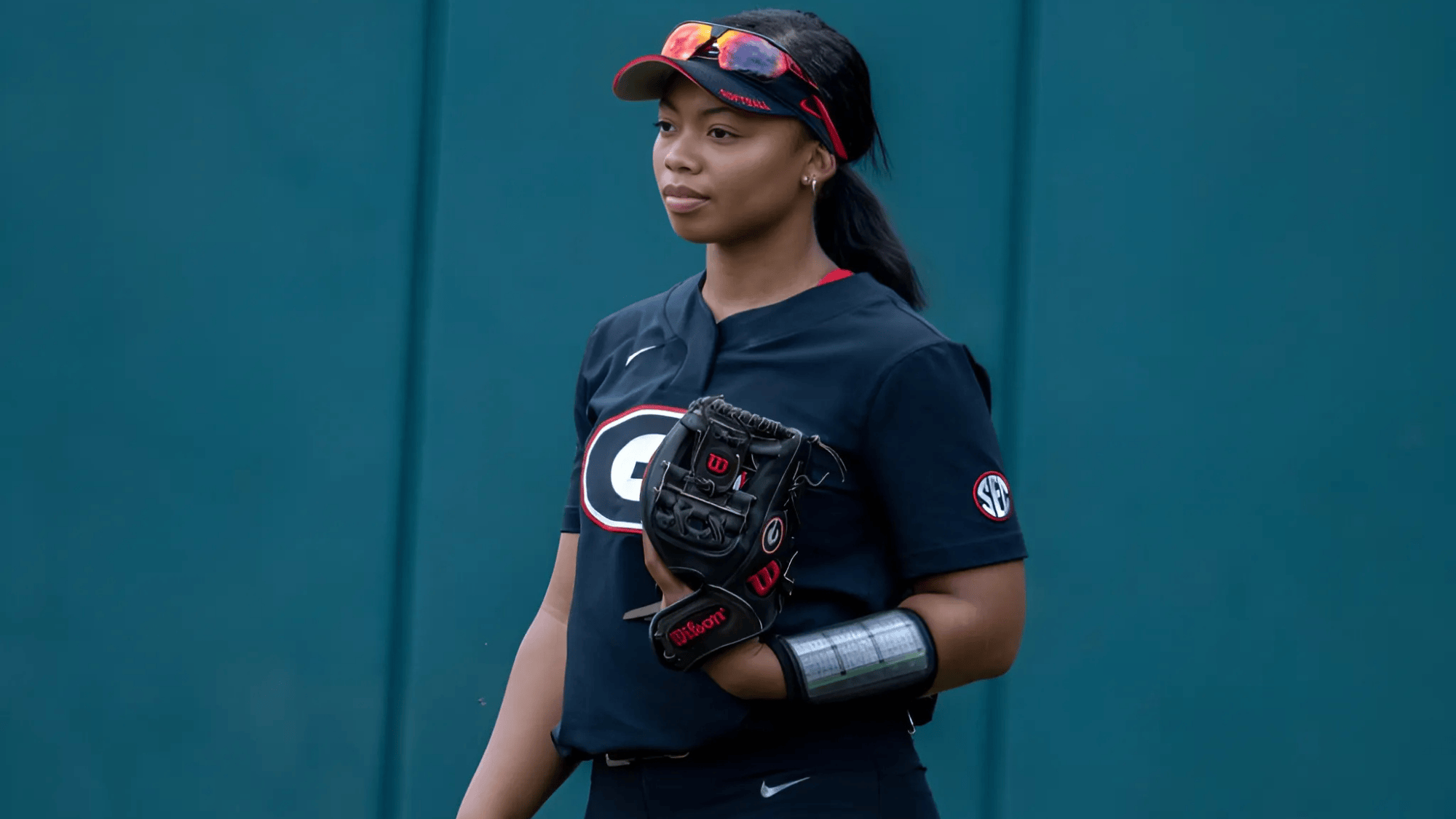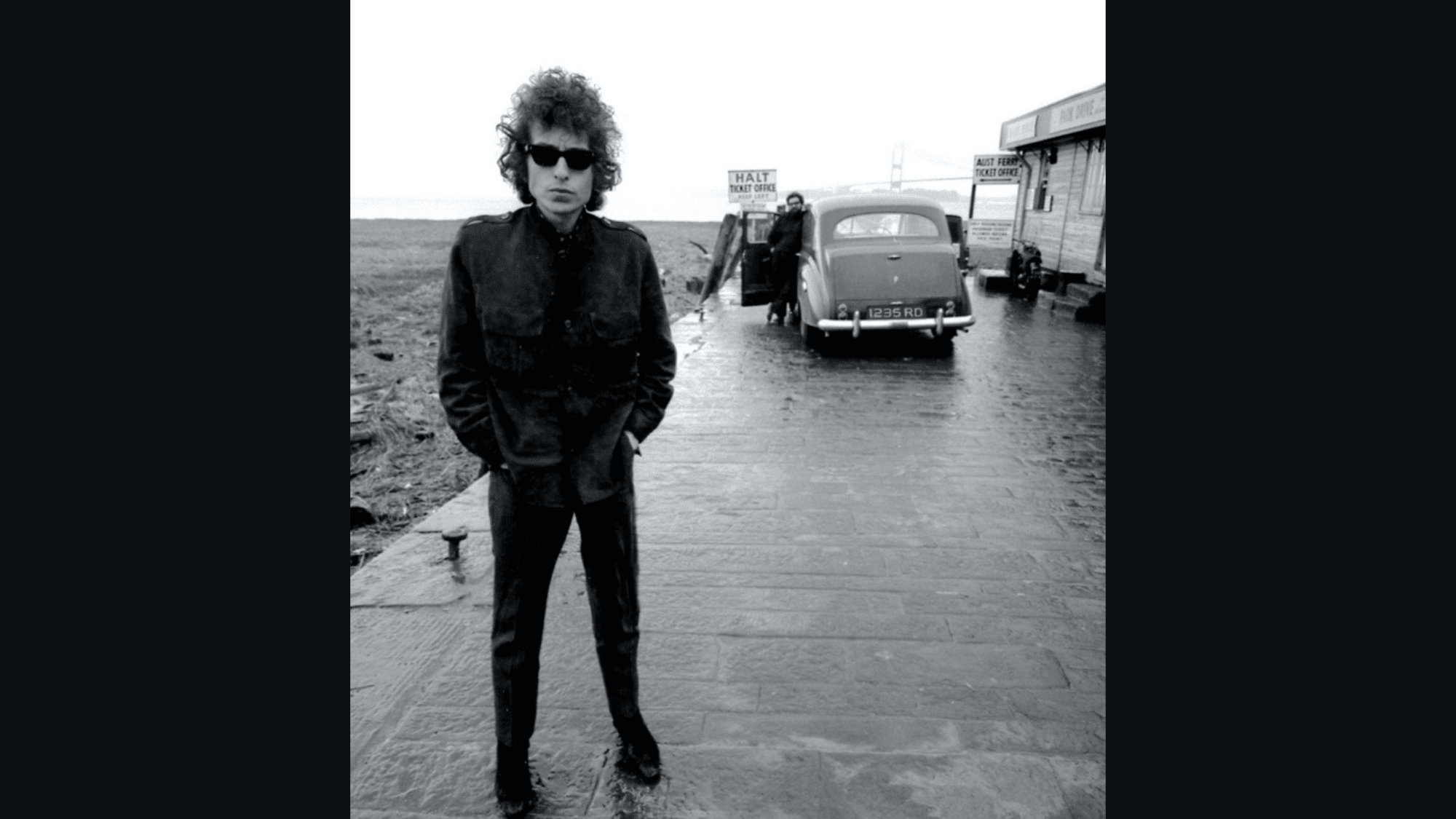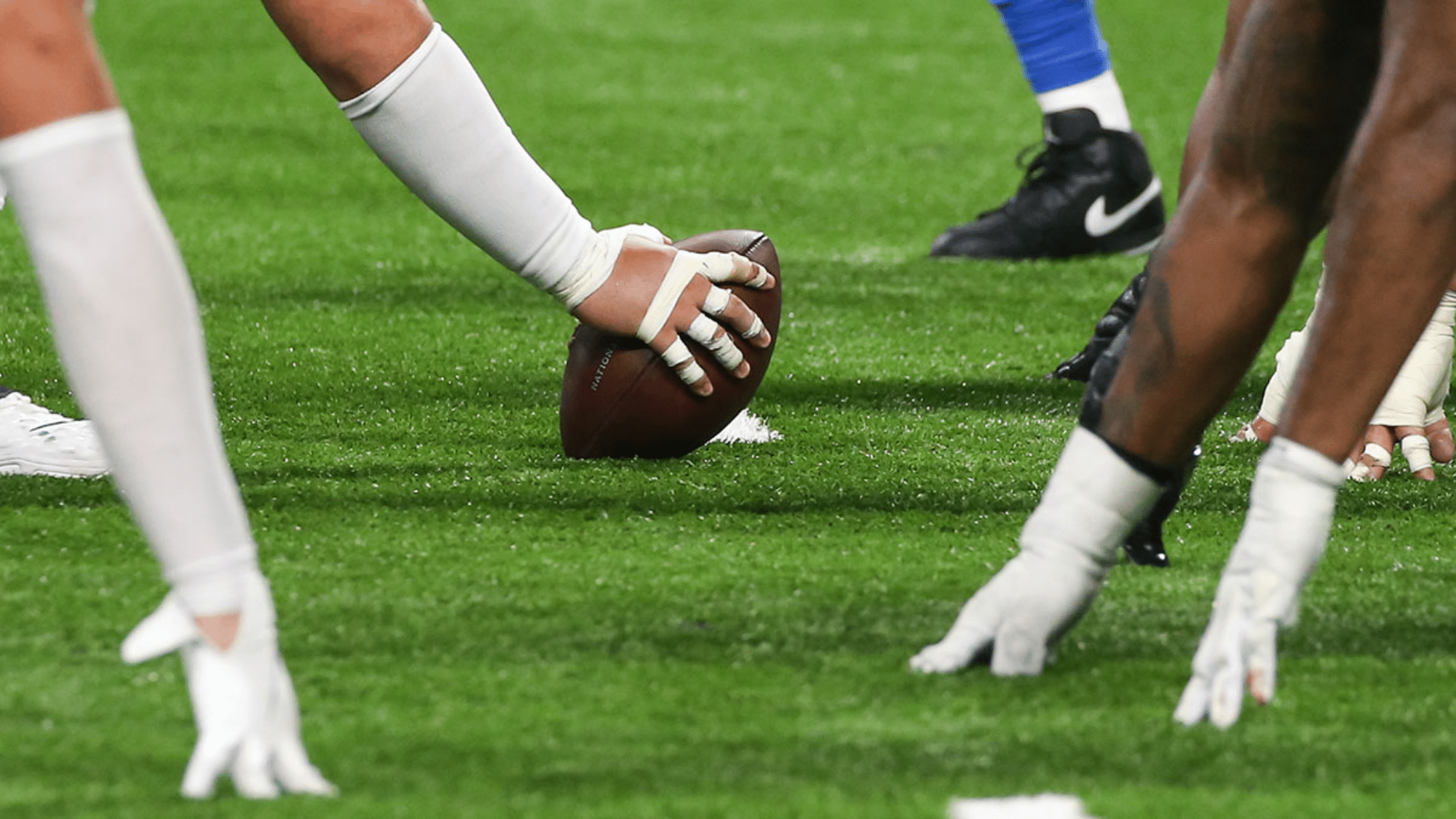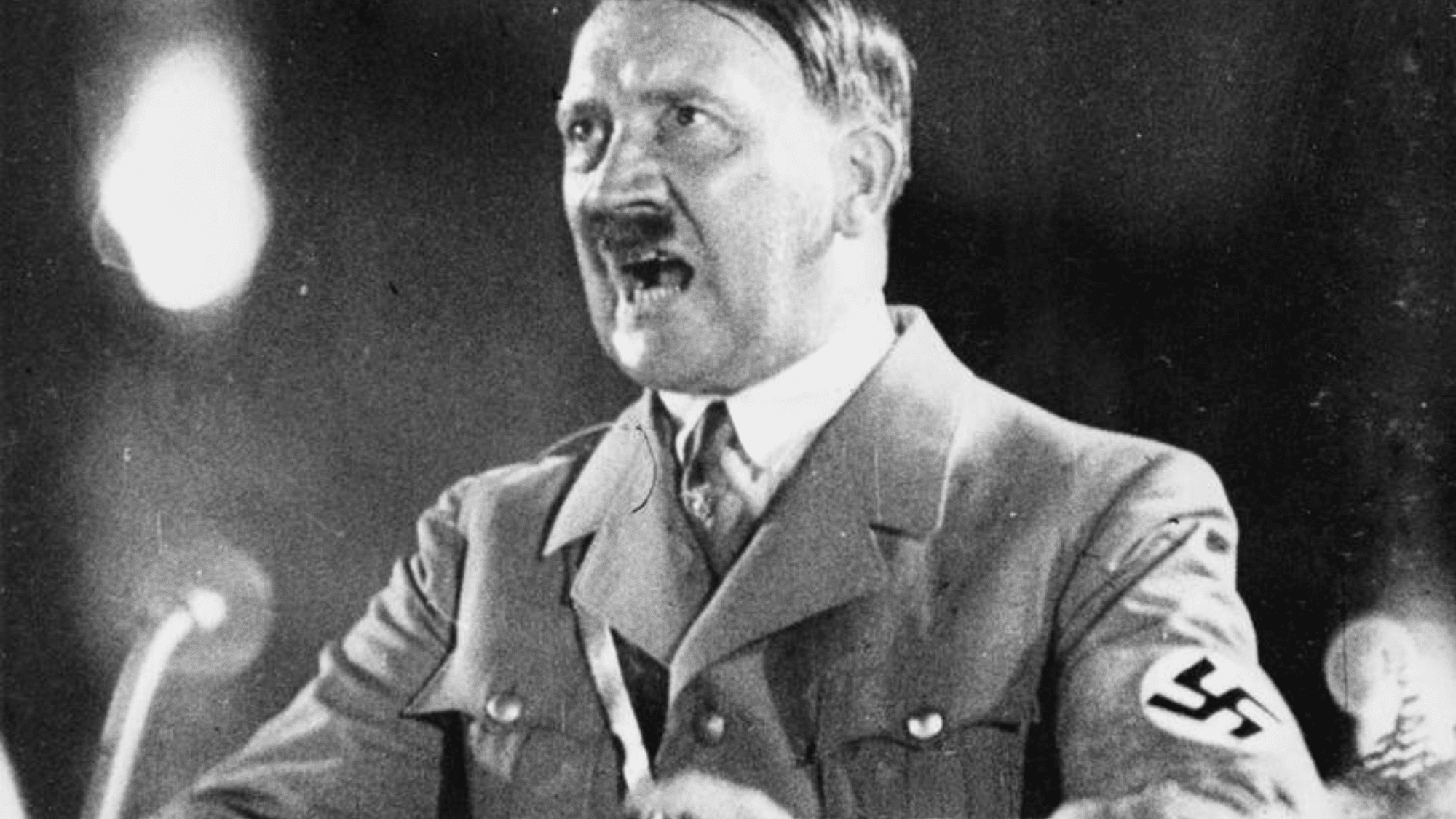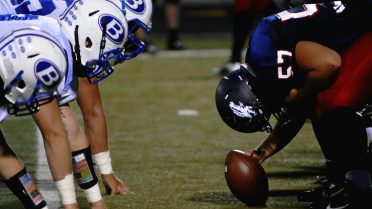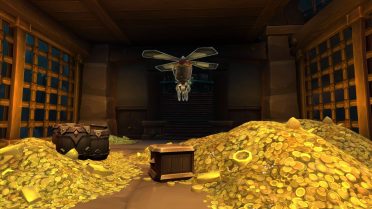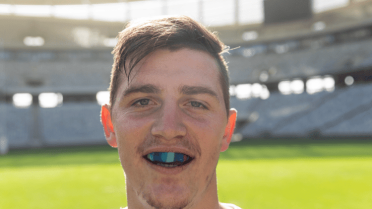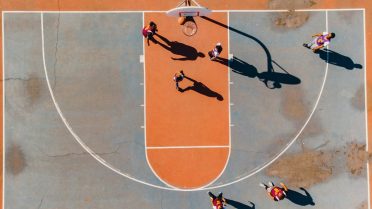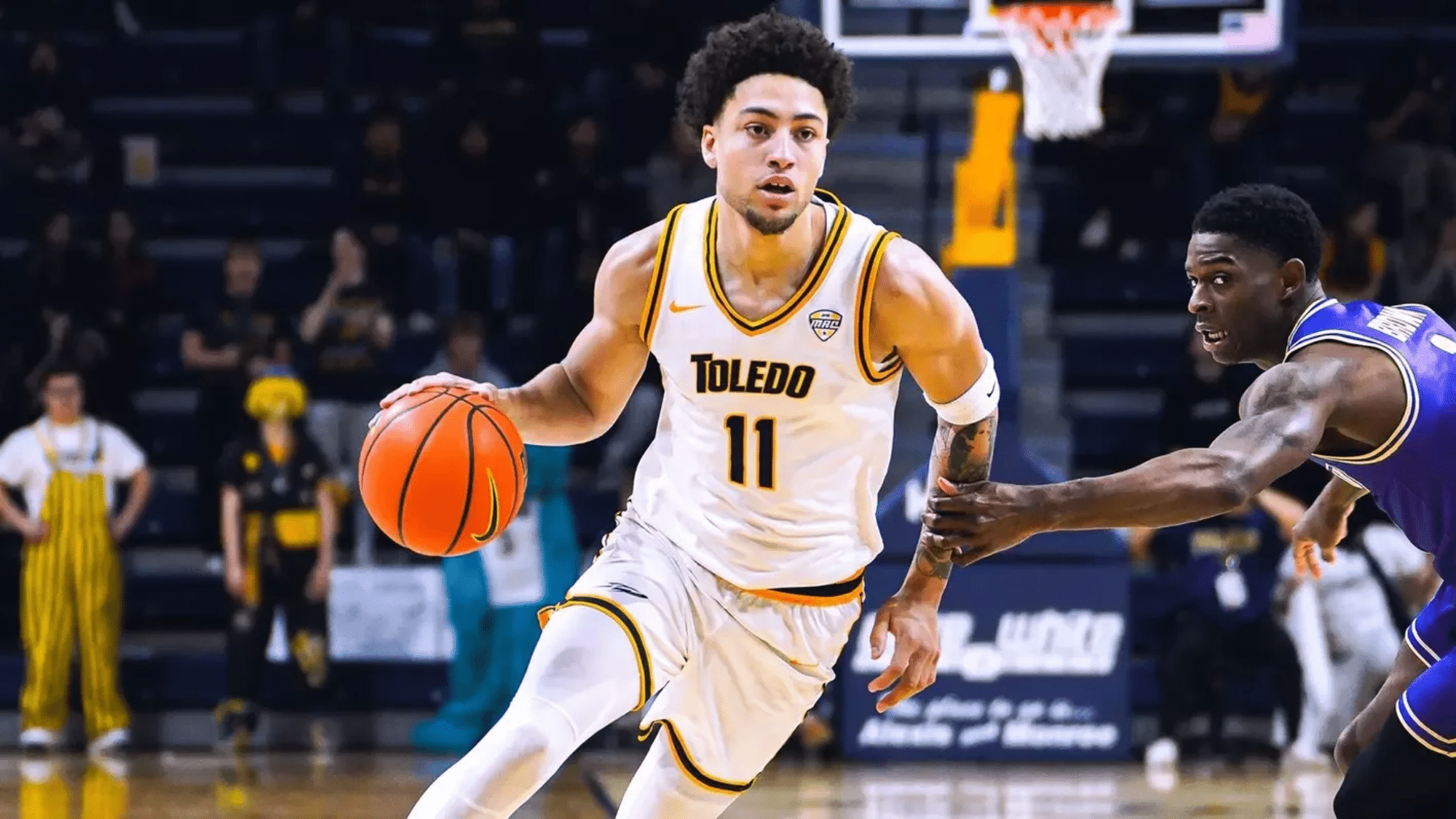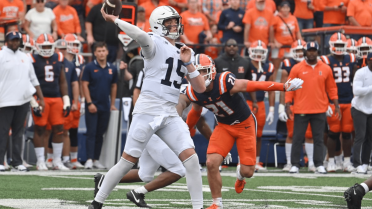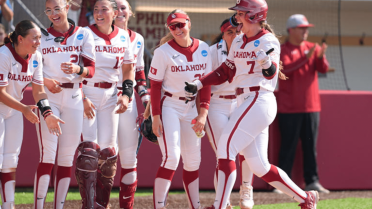Top Stories
The Zodiac Killer case remains one of America’s unsolved mysteries, having captured the attention of true crime enthusiasts and investigators for over five decades. If you are searching for the most recent news, updates, and developments related to the Zodiac
Are you curious about how many albums Drake has released so far? We have got you covered! From his start on Degrassi to becoming one of the biggest names in music, Drake has dropped hit after hit. But with studio
LATEST
Top Stories
As future DOs, are you feeling the weight of the COMLEX Level 2 prep already? It’s totally normal! That massive exam can feel like trying to drink from a firehose, but honestly, a strategic study plan makes all the difference.
LATEST
Top Stories
Are you comfortable in your aesthetic? Trends on social media have introduced us to labels that help us define and refine our personal style, with moods like Y2K, Soft Girl, Coquette, Clean Girl, Cottagecore, Alt, Old Money, and all the
Welcome to cuindependent, your space for bold ideas, fresh perspectives, and engaging stories. We bring you content that informs, inspires, and sparks conversation.
Stay connected — subscribe to our newsletter and never miss an update!
Explore
Our Picks
From inspiring artistry to achievements in sports and beyond, we bring the highlights.
A curated view of stories shaping conversations across fields today.
Some games aren’t just played, they are felt in the soul. These iconic rivalries go beyond the scoreboard, turning into battles of pride, passion, and identity that echo across generations. Whether it’s football in Argentina or cricket in India, these matchups light up stadiums, stir entire nations, and write unforgettable chapters.....
Fall is a magical season filled with vibrant colors, changing leaves, and endless creative inspiration. For teachers and parents, it’s the perfect time to introduce fall art projects that help children explore textures, colors, and nature while developing fine motor and creative skills. If you’re planning a classroom craft or.....
more
Meet Our Team
At CU Independent, we’re committed to delivering real, bold, and honest stories. Get to know the passionate team behind the content!
Samantha Lee
(Editor-in-Chief)
Dr. Alex Thompson
(Senior Features Writer)
Meet Our Team
Hootie & the Blowfish is a beloved American rock band, best known for their chart-topping hits in the 1990s. Formed in 1986 in Charleston, South Carolina, the band quickly rose to fame with their unique blend of pop, rock, and blues. Their catchy songs and relatable lyrics connected with fans, making.....
In the ever-evolving landscape of youth culture, college campuses have long served as a microcosm of broader societal shifts. From political activism to fashion trends, students often lead the charge in redefining norms. One of the most striking evolutions in recent years has been the surge in rave culture as a.....
Retail packaging has become one of the most powerful marketing tools used by businesses in the across global markets. A product’s box is often the first physical touchpoint between a brand and its customer, and this first impression strongly influences buying decisions. Whether customers encounter a product on a crowded retail.....
The best winter stays begin with a ready house: heat and water on, internet verified, entrances lit, and a plan for arrival day. From there, choose how your vehicle fits the picture. Some travelers enjoy the drive; others rely on snowbird auto transport to start fresh at the door. Use this.....
Our Contributors
As Seen On








